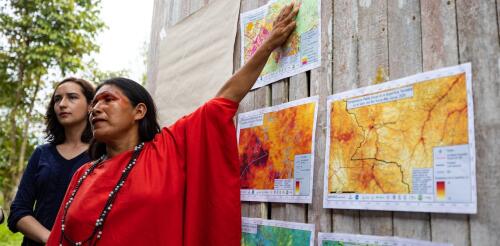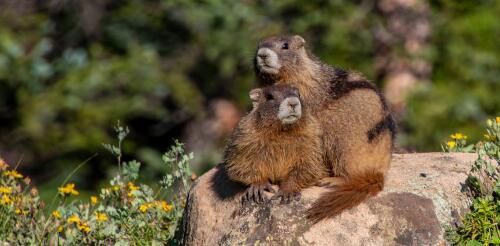Ecology
Leer en español ou em português The Ashéninka woman with the painted face radiated a calm, patient confidence as she stood on the sandy banks of the Amonia River and faced the loggers threatening her Amazonian community. The loggers had bulldozed a trail over the mahogany and cedar saplings she had planted, and blocked the creeks her community relied on for drinking water and fish. Now, the outsiders wanted to widen the trail into a road to access the towering rainforests that unite the Peruvian and Brazilian border along the Juruá River. María Elena Paredes, as head of the Sawawo Hito 40 monitoring committee, said no, and her community stood by her. She knew she represented not just her community and the other Peruvian Indigenous communities, but also her Brazilian cousins downstream who also rely on these forests, waters and fish. Roads beget more roads. The Interoceanic Highway, shown here, allowed logge...
Psychologists know that childhood trauma, or the experience of harmful or adverse events, can have lasting repercussions on the health and well-being of people well into adulthood. But while the consequences of early adversity have been well researched in humans, people aren’t the only ones who can experience adversity. If you have a rescue dog, you probably have witnessed how the abuse or neglect it may have experienced earlier in life now influence its behavior – these pets tend to be more skittish or reactive. Wild animals also experience adversity. Although their negative experiences are easy to dismiss as part of life in the wild, they still have lifelong repercussions – just like traumatic events in people and pets. As behavioral ecologists, we are interested in how adverse experiences early in life can affect animals’ behavior, including the kinds of decisions they make and the way they interact with the world around them. In other words, we want...

